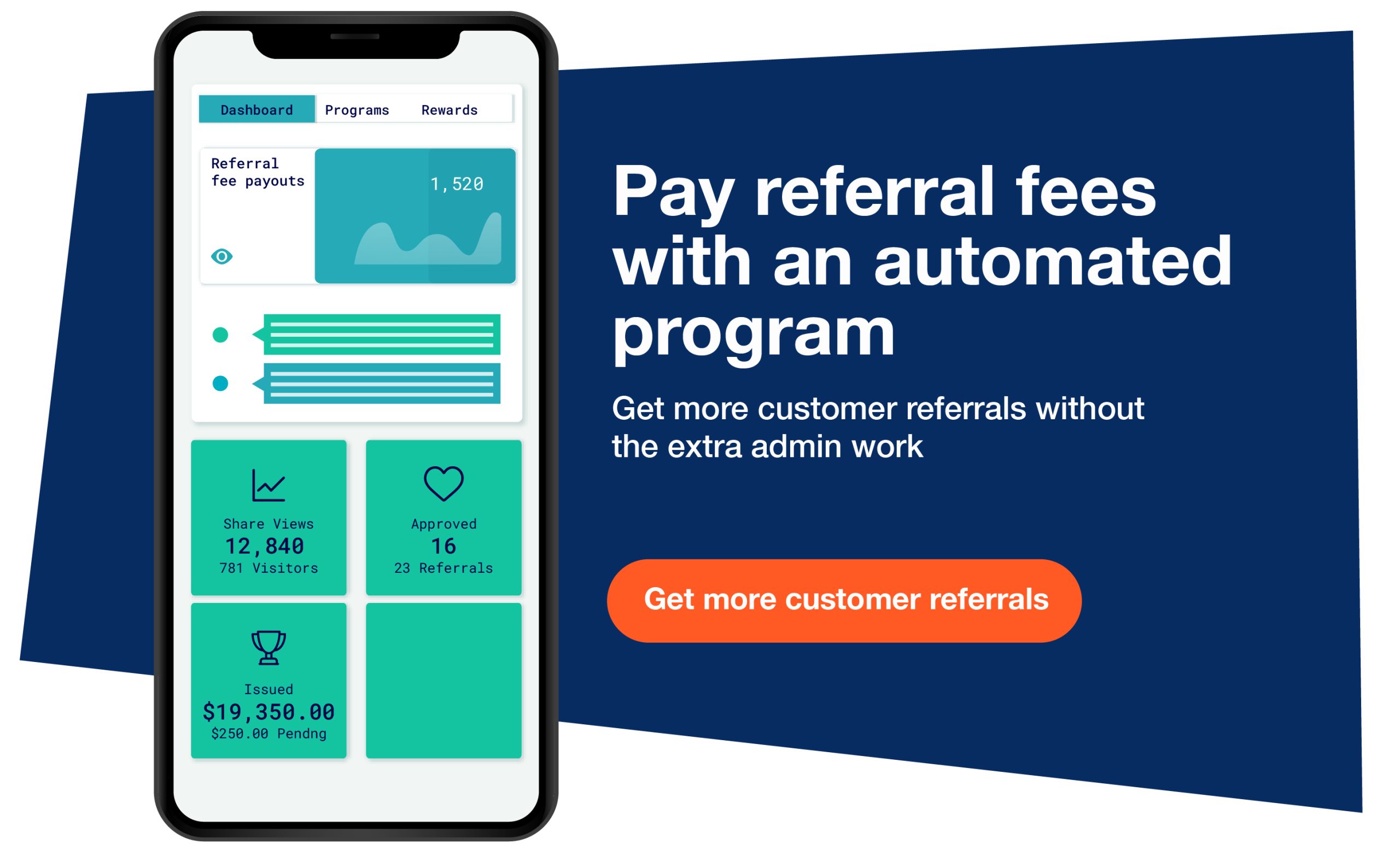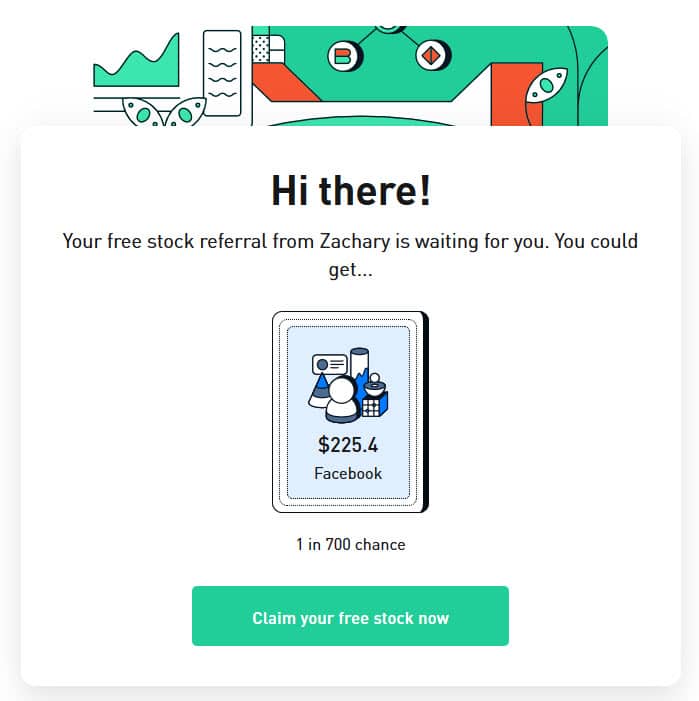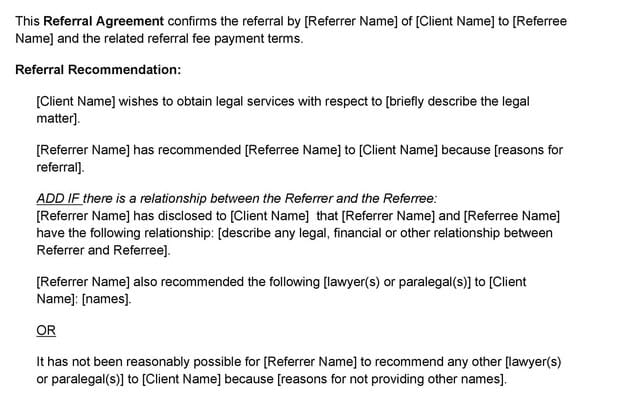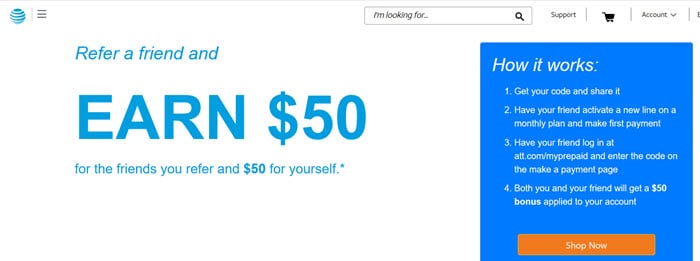What can you do to make sure your business has a constant flow of new customers? Build a network of individuals who refer others to your business.
Of course, you also have to offer something for their effort, usually a monetary payment known as a referral fee.
What is a referral fee? A referral fee is a commission paid to an individual who brings new customers to your business. Sometimes, businesses pay referral fees in exchange for a client introduction. But more often, a referral fee is tied directly to a sale.
Referral fees are usually in cash, although it’s also common for a fee to come in sales credits or a gift card.
In this article, we break down everything you need to know about paying referral fees to individuals, how well they work, and the best practices for setting fees.
Referral fee fundamentals
Paying referral fees to individuals is a way to reward them for consistently bringing you new customers.
These individuals will usually have the experience and connections your business otherwise wouldn’t have. Every time they bring you in a new customer, you pay a referral fee in exchange for their assistance in the sale.
The idea behind a referral fee is similar to paying a real estate agent for finding apartments that haven’t been placed on the market yet. A real estate agent has the experience and contacts to find these apartments, which you might never have known about on your own.
As a business, you can offer similar payments to brand ambassadors and super fans who are able to bring you new business. This is known as either a referral fee or finder’s fee.
Are referral fees effective?
Why would a business want to cut into their margins and offer others a referral fee?
Because more and more people aren’t trusting traditional ads. Print ads are easy to ignore, and often won’t reach a big enough audience in this digital world.
As for digital ads, people are either blocking them with ad blocker software or tuning them out the old-fashioned way.
And let’s face it – advertising costs rack up quickly.
However, your potential customers will always trust the recommendations of their peers far more than other forms of advertising, making referrals an especially powerful marketing tool.
Referral fees motivate people to share your brand and generate new customers, and the amount of customers gained through referral marketing efforts are often worth their weight in gold. These new customers only have a basis of trust with your brand, they’re also more likely to stay loyal to your business for longer periods of time.
By offering referral fees, any type of business can access client networks that are normally tough to tap into. If an existing customer has a whole network of people who would be perfect customers, it makes sense to enlist them as a salesperson, and pay them a referral fee for helping generate more customers.
What’s a typical referral fee?
There are a few approaches to figuring out your referral fee.
Many referral fees are calculated as a percentage of a purchase a referred customer makes. Or, you can also offer a flat fee, which works well if your margins are thin, or if you also employ a sales team or person (in addition to the referrer).
Here are four variables to consider when deciding on a fee for your company’s referral program:
1. How much are you already spending per sale?
- Are you already paying your own salespeople a commission? Or can a referral simply make a purchase themselves (and you only pay one referral fee)?
- Does the purchasing process involve multiple steps?
- What does it cost you to offer your products and services?
- How much do your marketing efforts (including ads) cost?
- Once you make a sale, what is your profit margin?
If there is a substantial cost of doing business for the sale, you should set a lower referral fee percentage, or choose a reasonable flat fee.
2. How long does your sales process take?
Some sales processes take a long time to close. Whether your company is paying referral fees to individuals or other businesses, it’s always important to think about the length of a typical sales cycle.
For relatively long cycles, will a customer be able to earn a referral fee at any time the person decides to purchase? Even if it’s several months later?
These conditions must be fair so you aren’t handcuffed to your referrer forever. Be clear about when the relationship transitions from the referrer to your business.
3. When does your business get paid?
To help determine the conditions of your fee, think about the answers to these payment questions:
- When and how does your business get paid?
- How are funds received for the sale? Upfront or in several installments?
- Do you offer a recurring service?
- What’s your policy for refunds or money-back guarantees?
When cash is received helps you plan out your payment schedule. No matter what you decide, ensure you are making money in all cases.
4. How should you determine referral fee schedules?
Depending on how you want to drive referrals, there are many different schedules you could use for referral fees. It all comes down to what will best motivate your referrers.
Consider these incentive structures:
- Higher amounts for the first successful referral (to motivate new referrers to get started)
- Increasing amounts based on the amount of referrals made
- Contests where you reward high performers within a certain time period
Will referral fees work for your business?
While offering monetary incentive will always attract attention, referral fees will only work if you have the following in place:
- Your brand’s products or services are seen as valuable.
- Your customer service is top-notch.
- And your brand is generating positive buzz.
You want to show customers that your business is worth the effort before asking them to help spread the word. A referral fee just won’t work if people aren’t excited about your products and services.
After all, why would someone share something they don’t believe in it? It would only damage their reputation and social standing, which is something no referral fee is worth.
First make sure you have a strong brand and product you’re proud of, as well as a group of loyal customers, and then you can offer reward incentives to help grow your business.
Consider creating a referral fee agreement
A referral fee agreement or finder’s fee agreement is a formal contract between the referrer and the business owner that establishes the referral fee percentage or amount, expectations, and conditions.
You don’t have to outline a referral fee agreement, but choosing to enact one will clarify expectations on both sides.
It helps show that your company values the importance of professional conduct during these types of situations. Plus, the money involved can be significant, so a referral fee agreement can protect you in case something goes wrong.
What should be included in this type of agreement?
Role of the referrer:
- Do they forward leads to sales immediately?
- Or do they also perform marketing and sales tasks?
What is a successful referral?:
- Does a referral have make a purchase within a certain time period?
- Or must the purchase be worth a certain amount?
Compensation:
- How will the referral fee be calculated?
- Is it a flat fee or a percentage?
Payment conditions and fee schedules:
- When and how will you pay the referral fees?
- Do you have any detailed referral fee structures (like a bonus opportunity)?
- How will you handle return and refund policies?
Below is an example of a referral fee agreement:
Tax implications of referral fees
Before deciding to implement offer fees, you must also be aware of the tax responsibilities associated with these fees.
- If a referrer receives $600 or more in referral fees within a calendar year, they must pay taxes on the amount they receive.
- If you pay a referrer more than $600 in a calendar year, it’s your responsibility to collect a W-9 form from them and issue a 1099 to them.
- However, if it’s a previous customer doing the referring, the amount you pay to the referrer can be considered a “refund,” “discount,” or “rebate” on a previous purchase.
Are referral fees legal?
Yes, referral fees are legal, but only within certain industries.
Most other industries also don’t pose any requirements in order for a company to implement referral fees.
However, since referral fees are not legal for all industries, you’ll need to do some research to make sure you don’t set up an illicit system.
Highly regulated industries, such as real estate, financial services, and automotive industries sometimes have state or national laws, or license rules. Sometimes, these regulations do not permit referral fees; and other times, they outright prohibit referral fees.
For example, in real estate, agents can legally pay referral fees to licensed middlemen, but state and federal laws usually prohibit paying real estate referral fees to people who aren’t licensed.
It’s best to make sure your specific industry allows referral fees before going any further in the process.
Referral fee examples
There are several examples of referral fees out there. We break down examples of the two main types of commissions to help you understand how these fees work for all parties involved. Let’s take a closer look.
Percentage structure
Jason Lemkin outlines a strong example of how referral fees could work for your software business. His example utilizes multiple referral fee percentages, depending on how much work the referrer puts in for your business:
- “35–40% of first-year ACV (Annual Contract Value) if they bring you a closed, signed lead. It would cost you that much to acquire and close that lead yourself.
- 15–20% of first-year ACV if they bring you a true opportunity. i.e., if they do the marketing part, but not the sales part.
- 10% or so for a lead. Much more than this, without deep qualification of the lead, gets expensive.”
Flat fee
A motorcycle dealer might offer flat referral fees, payable after a referred customer purchases a motorcycle. These fees are often around $100 each, as motorcycles are a bigger-ticket item sold infrequently. These sales also usually involve a salesperson at the dealership.
Margins are typically thin, but recruiting in-the-know referrers (such as those who work at a repair shop or parts shop) is a great way to generate quality leads.
Key takeaways
A referral fee encourages people to spread the message about a business, and then rewards them in cash for a job well done. You’ve likely heard about these types of fees being paid to real estate brokers or realtors.
However, certain businesses can also utilize referral fees to their advantage. Make sure to choose your referral fees carefully, based on the cost of your goods, how long it typically takes to close a sale, and other tax and legal implications.
But if you can set up a referral fee that’s attractive to others, and is reasonable for your business, you’re on your way to see the benefits of referral marketing for your business.
If you’re interested in paying referral fees to gain new business, these resources may also help you create a reliable referral system:
- Referral Marketing 101: How To Create a Referral Program That Wins More Customers [+6 Examples]
- How To Build a B2B Referral Program [The Ultimate Guide]
- The Complete Guide to Creating A Referral Network
- How to Form Successful Referral Partnerships
- Level Up Your Partnership Incentives: Beyond Referral Fees









